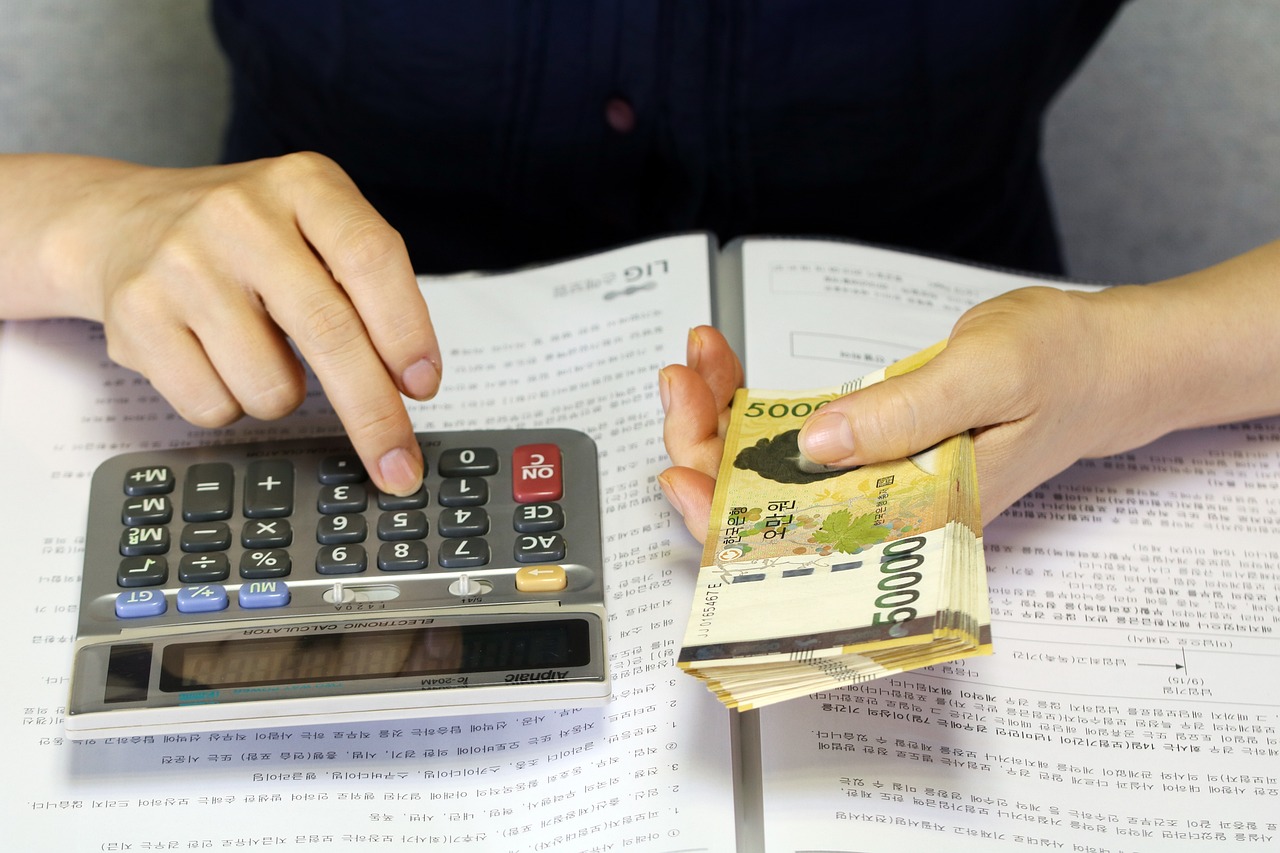Understanding Direct Bank Payments: Safety, Bill Payments, Payment Methods, Privacy, Mistakes, Tracking, and Recurring Payments Explained
GPT_Global - 2025-08-21 21:00:24.0 16
Is paying directly to a bank account safer than using credit cards?
When sending money abroad, many customers wonder: is paying directly to a bank account safer than using credit cards? Both options offer unique advantages, but understanding the differences is key for secure remittance.
Direct bank transfers are often considered safer because funds move from one verified account to another. This reduces the risk of fraud, as banks have strict security checks and encryption systems in place. In addition, bank transfers eliminate middlemen, ensuring the money reaches its destination with fewer potential delays.
On the other hand, credit cards provide consumer protection benefits, such as chargebacks in case of disputes. However, they are also more prone to online scams, phishing attempts, and higher processing fees. For regular international money transfers, these risks and costs can add up.
For remittance businesses, promoting direct-to-bank account payments builds trust and reliability. Customers feel confident knowing their money is moving securely within regulated financial institutions. While credit cards remain convenient for one-time transactions, direct bank payments are often the safer and more cost-effective choice for sending money overseas.

Can I pay my bills directly to a bank account?
One of the most common questions customers ask in the remittance industry is: “Can I pay my bills directly to a bank account?” The answer is yes. With modern remittance services, you can send money straight to a recipient’s bank account, making it easier to pay for utilities, loans, tuition, or even household expenses. This method saves time and eliminates the need for physical cash pick-ups. Paying bills through a bank account is also more secure. Funds are deposited directly into the recipient’s account, reducing the risk of theft or loss. Additionally, many remittance providers offer real-time or same-day transfers, ensuring your payments reach their destination quickly and reliably. Another advantage is convenience. Instead of handling multiple payment platforms, you can use a single remittance service to cover different bills overseas. Whether it’s electricity, internet, or school fees, direct transfers to a bank account streamline the process. For those supporting family abroad, this method is a simple and trusted way to stay on top of financial responsibilities. In conclusion, paying bills directly to a bank account through remittance services is fast, safe, and efficient. It’s an excellent option for anyone who wants reliable cross-border payments with added peace of mind.What are the differences between paying directly to a bank account and using a payment gateway?
```htmlWhen it comes to sending money, remittance services typically offer two main payment methods: paying directly to a bank account and using a payment gateway. Both methods have distinct advantages and limitations.
Paying directly to a bank account involves transferring funds from one account to another. This method is often secure, as banks have robust encryption and fraud detection systems. However, it can be slower, especially for international transfers, due to intermediary banks and time zone differences. Moreover, it may incur higher fees depending on the financial institution involved.
On the other hand, using a payment gateway provides a faster, more seamless process. Payment gateways like PayPal, Venmo, or Wise facilitate quick transfers through their platforms, often with minimal fees. They allow for instant processing, making it a popular choice for both businesses and individuals. However, they may have limits on transfer amounts and could charge additional service fees.
In summary, the key differences between these payment methods are speed, security, and cost. While direct bank transfers may be more secure, payment gateways offer quicker, more convenient options, with a balance of trade-offs in fees and limits.
```Is it possible to pay directly to a bank account without revealing my identity?
In today's digital age, privacy is an essential concern for many people when sending money abroad. One common question that arises in the remittance industry is whether it is possible to pay directly to a bank account without revealing your identity. The answer largely depends on the payment method and the regulations governing financial transactions.
Typically, banks and remittance services require identity verification to comply with anti-money laundering (AML) and know your customer (KYC) regulations. These laws are designed to prevent fraud and illegal activities, making it difficult to send funds anonymously. However, there are certain remittance services that allow users to transfer money to a bank account with minimal personal information, but this often involves lower transfer amounts or specific conditions.
For those seeking anonymity, using services such as cryptocurrencies or third-party intermediaries may offer more privacy. It's important to understand the risks involved, as these methods can come with additional fees and complexities. Always ensure you're using a trusted service that adheres to local and international financial regulations to avoid potential issues.
What should I do if I make a mistake in the bank account details when making a payment?
When making a payment through a remittance service, it's crucial to double-check the bank account details. However, mistakes can still happen. If you realize you’ve entered incorrect details, don’t panic—immediate action can often resolve the issue.
First, contact your remittance provider as quickly as possible. Most companies have a customer service team available to help with urgent issues. Provide them with the transaction details, including the wrong account number, and they’ll guide you on the next steps. In many cases, the transaction can be canceled before it’s processed.
If the payment has already been processed, ask your remittance provider if they can reverse the payment or assist in recovering the funds. Some services have mechanisms in place to deal with these situations, especially if the error is flagged early.
To avoid such mistakes in the future, always verify the bank account information before finalizing the transaction. Setting up saved beneficiary details can minimize human error and streamline future payments.
Acting quickly and staying in touch with your remittance provider increases your chances of resolving any issues and ensuring a smooth payment experience.
How do I track the status of a direct bank payment?
Tracking the status of a direct bank payment is an essential step for anyone using remittance services. Whether you're sending or receiving funds, knowing the progress of a payment helps ensure that it reaches its destination smoothly and on time.
One of the easiest ways to track your direct bank payment is by using the tracking feature provided by the remittance service provider. Many platforms offer tracking tools that allow you to monitor the payment’s status in real time. Simply log into your account and navigate to the “Payment Status” section for updates.
If you're using a bank transfer, your bank might also offer tracking capabilities through their online banking system or mobile app. Be sure to use your unique transaction reference number, which helps identify your payment within the bank’s system.
In cases where there are delays or issues, it’s crucial to contact your remittance provider or bank immediately. They can provide assistance and ensure the issue is resolved quickly, ensuring that your payment reaches the intended recipient without complications.
Can I set up recurring payments to a bank account?
```htmlSetting up recurring payments to a bank account is a convenient way to automate financial transactions, making it ideal for remittance businesses. If you're regularly sending funds, you can streamline the process by scheduling automatic payments, saving you time and effort. This is especially helpful for businesses or individuals who frequently send money abroad, as it eliminates the need for manual transfers each time.
To set up recurring payments, simply choose a remittance service provider that offers this feature. Most reputable platforms allow you to link your bank account and specify the payment amount, frequency, and recipient's details. With secure encryption and easy-to-follow instructions, you'll be able to initiate payments without hassle.
Recurring payments are not only efficient but also ensure that your transactions are timely, whether it's paying bills, sending money to family, or managing business expenses. By automating these payments, you can focus on other priorities without worrying about missing a due date. This feature is a valuable asset in the world of remittance services, making international money transfers more accessible and consistent.
```
About Panda Remit
Panda Remit is committed to providing global users with more convenient, safe, reliable, and affordable online cross-border remittance services。
International remittance services from more than 30 countries/regions around the world are now available: including Japan, Hong Kong, Europe, the United States, Australia, and other markets, and are recognized and trusted by millions of users around the world.
Visit Panda Remit Official Website or Download PandaRemit App, to learn more about remittance info.


